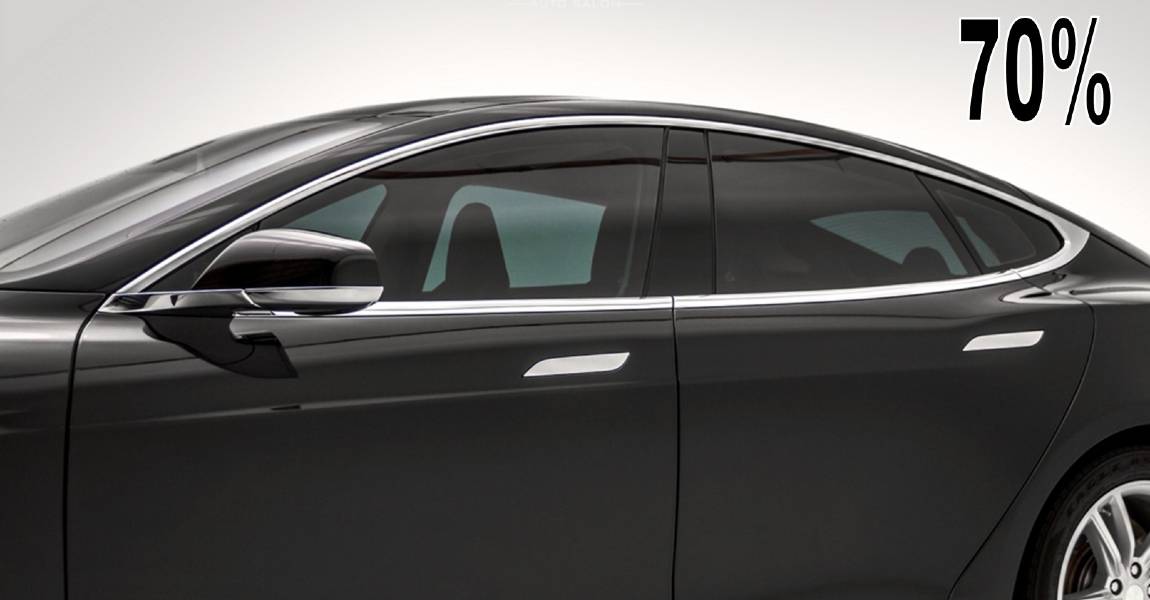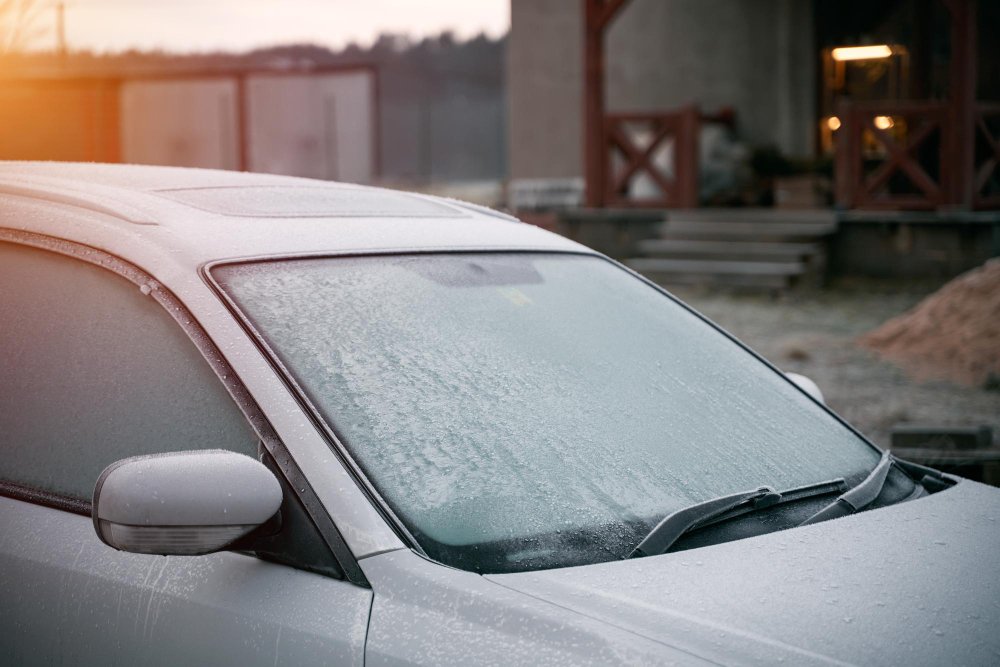Exploring the Different Types of Home Window Tinting: A Comprehensive Overview for Automobile Owners
In the world of auto enhancements, home window tinting stands out as a useful choice for car proprietors intending to improve comfort and looks while supplying necessary security (window tinting clovis). Understanding the lawful policies controling tinting in various territories includes an additional layer of intricacy to the decision-making process.
Benefits of Window Tinting
Home window tinting offers a myriad of advantages that improve both the visual appeal and capability of lorries. One of the main advantages is the reduction of harmful ultraviolet (UV) rays, which can bring about skin damages and boost the risk of skin cancer. By obstructing as much as 99% of UV radiation, tinted home windows supply vital defense for passengers throughout long trips or everyday commutes.
Furthermore, window tinting significantly improves interior convenience by lowering glow and heat build-up. This not just produces a much more pleasant driving experience but additionally decreases the dependence on a/c, leading to fuel financial savings. Enhanced personal privacy is one more important advantage; tinted windows obscure the view into the automobile, safeguarding personal valuables and making sure a sense of safety and security for passengers.
Additionally, window tinting can prolong the lifespan of a car's inside by reducing sunlight damage, such as fading and cracking of upholstery. Lastly, several territories recognize the visual worth of tinted windows, which can boost a car's overall look and resale value. In recap, the complex advantages of window tinting make it a useful financial investment for automobile owners seeking to boost comfort, style, and safety.
Kinds Of Window Tint Films
A selection of home window tint films are offered on the marketplace, each designed to fulfill various requirements and preferences. One of the most common kinds include dyed, metalized, ceramic, and crossbreed films.
Dyed films are prominent for their visual appeal, as they supply a darker tint without mirroring light. They are generally less costly however might discolor gradually. Metalized movies, on the other hand, include steel bits that show heat and UV rays, enhancing durability and efficiency. They might conflict with digital signals.
Ceramic films represent a costs option, supplying exceptional warm rejection and UV security without the downsides of reflectivity. These films are non-conductive and do not affect digital gadgets, making them a favored option amongst cars and truck proprietors looking for high performance. Finally, crossbreed films integrate the benefits of colored and metalized movies, offering a balance in between expense and efficiency.
Selecting the right film depends upon private concerns such as warm denial, appearances, and budget plan. Recognizing the characteristics of each type can direct lorry proprietors in making educated decisions that line up with their details demands and choices.

Legal Regulations on Tints
Legal laws on home window tinting differ significantly across different regions, showing regional legislations and security criteria aimed at ensuring chauffeur exposure and safety. In the USA, as an example, each state has its very own collection of policies controling the allowable degrees of tint darkness, typically measured by Visible Light Transmission (VLT) percentages. While some states enable darker colors for back home windows, others enforce more stringent limitations on front side windows and windshields.
Worldwide, guidelines can vary even extra considerably (window tinting clovis). Countries may impose complete restrictions on tinting or limit it to lighter shades. For instance, in the European Union, the front windscreen must enable a minimum of 75% of light to travel through, while the front side home windows have helpful site to permit a minimum of 70%.
Compliance with these policies is essential, as failure to stick can result in fines, mandatory elimination of non-compliant tints, or even lorry assessments. Consequently, lorry owners ought to familiarize themselves with their neighborhood laws before using window tinting. Consulting with professionals and evaluating state or national standards can assist make certain that any chosen tint follow legal criteria, ultimately enhancing both safety and security and aesthetic appeals.
Setup Refine and Considerations
When thinking about the installation of home window tinting for vehicles, several crucial elements must be considered to guarantee a successful outcome. Picking the best type of color is crucial, as various products offer various levels of warmth being rejected, UV protection, and visual charm. Additionally, it is essential to examine local regulations pertaining to tint darkness and reflectivity to stay certified with the law.
The setup procedure itself can be done DIY or by a specialist. While DIY sets are available, expert installation is frequently advised for ideal results. Specialists have the essential skills, tools, and experience to make sure a remarkable application, which minimizes the risk of bubbles, creases, or peeling.
Prior to installation, the automobile's home windows ought to be extensively cleaned and dried to protect against contaminants from conflicting with the adhesive. By considering these factors, lorry proprietors can improve their driving experience while ensuring official statement the durability and effectiveness of their home window tint.
Upkeep and Treatment Tips
Correct maintenance and care are essential for preserving the look and capability of window tinting after installment. To guarantee durability, automobile proprietors ought to wait a minimum of 2 days prior to rolling down their home windows, permitting the glue to treat appropriately. Normal cleaning is important; nonetheless, it is very important to utilize gentle, ammonia-free services and soft microfiber fabrics to stay clear of scratching the color.
When cleaning your car, stay clear of high-pressure water sprays straight on the tinted windows, as this can damage the sticky over time. Rather, use a moist towel to clean the surface area delicately. Furthermore, refrain from using unpleasant products, such as rough sponges or brushes, which can harm the color.
Evaluate your home window color regularly for signs of gurgling, peeling, or discoloration. Consult a professional to establish whether repair work or substitutes are needed if any problems are detected. Additionally, car parking in shaded areas or using sunshades can further shield your tint from extended sunlight direct exposure, which can result in fading.
Conclusion
In summary, recognizing the different kinds of home window tinting is critical for car owners intending to improve comfort, aesthetic appeals, and security. Each film kind-- colored, metalized, ceramic, and hybrid-- provides distinct benefits and downsides that accommodate different preferences and requirements. Compliance with lawful policies stays necessary to stay clear of charges. Correct installment and upkeep further guarantee ideal efficiency and longevity of the tint. Ultimately, educated options cause boosted driving experiences and lorry value.
In summary, the complex advantages of home window tinting make it a useful financial investment for automobile proprietors seeking to improve style, security, and convenience.
Legal laws on home window tinting vary considerably throughout various regions, showing local laws and security criteria aimed at ensuring vehicle driver visibility and security. While some states enable darker colors for back home windows, others enforce stricter limitations on front side windows and you could try this out windscreens.
